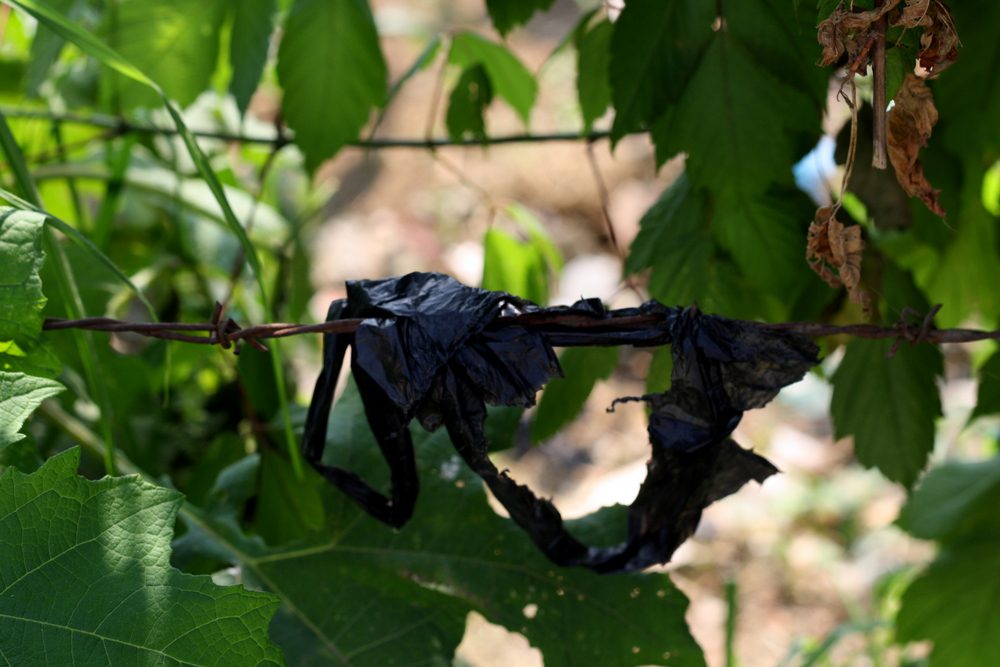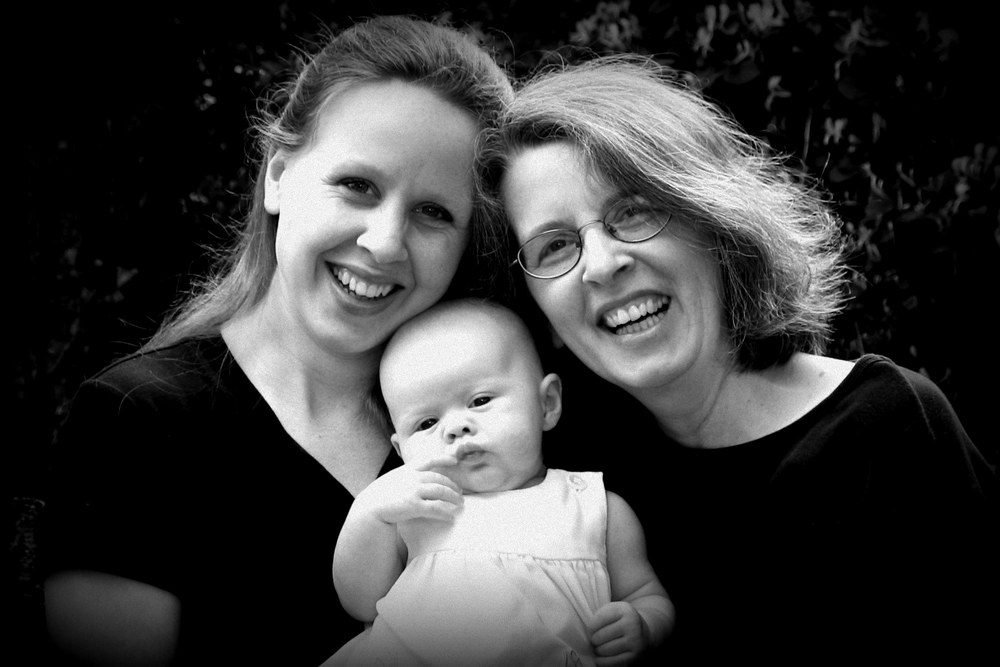On Wednesday and Thursday afternoons, I hold tutoring classes at Bezaleel. I have two groups, each with five students. In our allotted hour we do the basics: reading, writing, and arithmetic.

These are all first year students—the equivalent of 7th grade in the US. Most of them come from rural areas where their indigenous language is their primary tongue. Their schooling has been spotty, and they aren’t up to par with basic (low) educational standards. When they come to Bezaleel, they struggle.
At first I wasn’t sure how I’d approach the classes. I’d be giving the kids more attention, but it wouldn’t be one-on-one—what small group activities could I use to meet each child where she was at?
My mother has spent the last year working with “behind” students at a couple elementary schools in her area. Her techniques have been highly effective (the school directors are totally impressed), so I asked her what I should focus on. Reading, reading, reading, came the reply.

So we read together. The school library has three stacks of children’s books, about two-thirds of which are in Spanish. When there are duplicate books, I pass them out and we read around the circle. If there’s just one book, I read it to them. I was delighted to discover that they have some of my favorite children’s books: Alexander and the Horrible, No Good, Very Bad Day, Frog and Toad, Corduroy, and Curious George, among others.
The students listen to the stories, spellbound. They laugh at the funny parts. Watching them make a connection between words and pleasure is about the most gratifying thing ever.
I asked one group of students if their parents could read. Half of
them said no. Only one girl said her house had any books in it.
No books in your house. Can you imagine?
Nope, me neither. If only I had piles of books and we could spend hours reading together!
But alas, the supply is low, so I space the reading out—several books at the beginning of the hour, maybe, and an extra fun book to end with. In between I have them do freewriting drills and journaling. We practice addition flash cards and count red beans in three piles of five and three piles of six and so on, to illustrate multiplication. We play games like Dutch Blitz and Spot It. Anything to give their minds a workout—that’s my goal.

We meet in the school’s auditorium, and while it works, I find myself longing for my own office/classroom. I can see it perfectly. It’d be a small room, but there would be a window. In the middle of the room would be a wooden table surrounded by a handful of chairs. There would be maps on the wall, a whiteboard, and shelves filled with books, puzzles, markers, and games. A cozy lamp would sit on my desk. Students would come in for tutoring sessions, or to ask questions about their homework, or to play games, or to draw, or to talk. It’s not going to happen, I know—no space, no resources, but mostly because we’re only here for a few more months—but still, it’s fun to dream…



5 Comments
Anonymous
Your description of reading to the children is EXACTLY why I am an elementary librarian!!
Suburban Correspondent
Dutch Blitz! Thanks for backing me up on my belief that Dutch Blitz is a useful part of any educational curriculum.
Anonymous
That dream could find fulfillment in other times and places… don't give up on it now or later. Thanks for the glimpse of your work!
Ayrie Joyce
Since you're already having the kids write journals – you can have them use their journals as shared stories. Help them edit them, and maybe publish (nothing fancy – just clean and tidy final versions). Then you can use them as shared stories.
Other great ideas to break up the reading around the circle activity would be partner reads – if you paired them off then you could read one on one with each child in rotation. They can choral read (read together at the same time), echo read (one is the lead reader and the other follows, alternating by sentence), and you can have them simply take turns by paragraphs or pages.
Not sure if you have access to a printer – but if you do you can download (for free the first few times, and then for a nominal fee) books on lower reading levels from Reading A-Z. Most of the books are in English, but there are many Spanish books.
Could we send you books? I'm a reading specialist. I don't use a lot of Spanish books, but I do wind up having some extras from working with a few of my ELL kids and I'd be happy to pass them along.
You might also have success having them do some writing in their native language if Spanish is not their first language. Sometimes it's easier for kids to learn to be literate in their first language and then transfer to the second.
If you want more ideas or have questions feel free to e-mail.
eashcinde31[at]yahoo.com
Jennifer Jo
Thank you so much for all your suggestions! I love hearing what works for other people—keeps me thinking creatively.
It's very sweet of you to offer to send some books. However, there are resources here (in country)—the school just has to figure out what its priorities are, and we can't rush that process. But thank you!